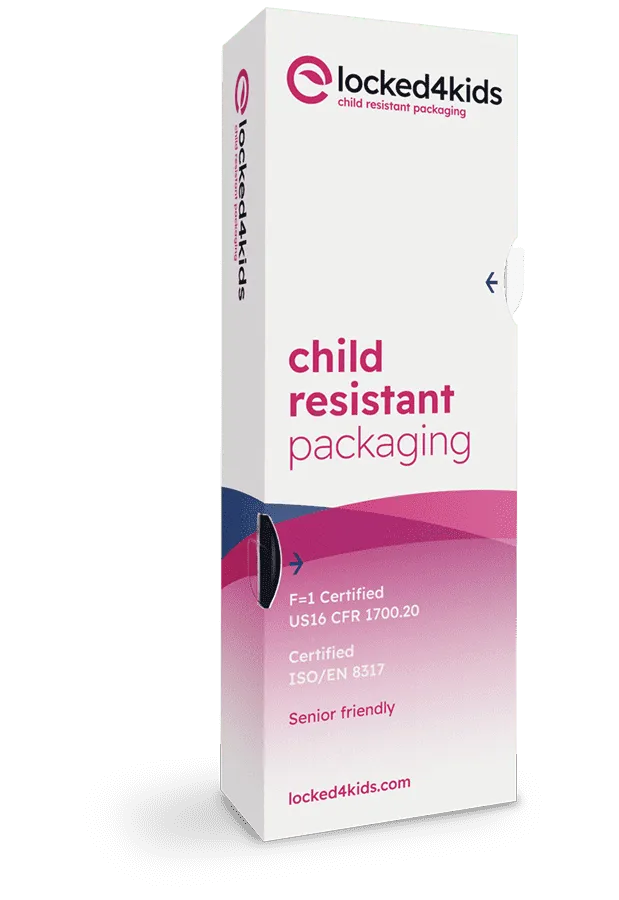Cold seal packaging is a revolutionary method widely adopted in various sectors, particularly in retail and pharmaceuticals. This blog post delves into what cold seal packaging is, how it works, and why it's becoming a preferred choice for businesses looking to enhance product safety and sustainability.
Defining cold seal packaging
Cold seal packaging involves a bonding process where sealing is accomplished without heat. Instead, a pressure-sensitive adhesive is applied to the packaging material, which seals upon contact under pressure. This technology is particularly beneficial for products that are sensitive to heat or require specific safety features.
Advantages of cold seal packaging
- Energy Efficiency: Eliminating the heating element reduces energy consumption significantly, which is not only cost-effective but also better for the environment.
- Product Safety: By avoiding heat, cold seal packaging is ideal for products that could be damaged or degraded by high temperatures, such as certain pharmaceuticals.
- Versatility: Cold seal packaging is adaptable to various packaging designs and can be used with different materials, providing effective solutions across multiple sectors.
Key applications of cold seal packaging
Pharmaceuticals: In the pharmaceutical industry, maintaining the chemical integrity of medications is paramount. Cold seal packaging protects sensitive drugs from heat, ensuring they are safely delivered to consumers without degradation.
Retail: Various retail products benefit from cold seal packaging due to its quick and secure sealing capabilities in combination with the versatility it offers.
Cold seal packaging is a modern packaging technique that plays a crucial role in pharmaceuticals and retail applications. It offers a blend of versatility, safety, and environmental benefits, making it an attractive option for companies looking to improve their packaging.
Want to learn more about our cold seal packaging? Request a sample or get in touch with the team.
Request a free sample now!




.webp)






